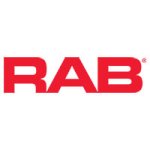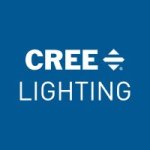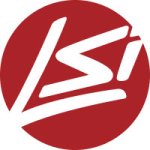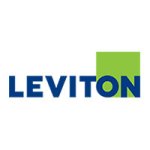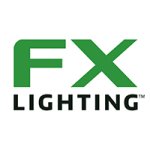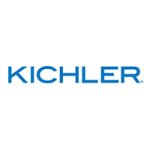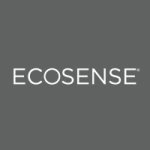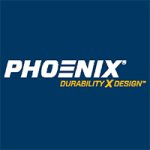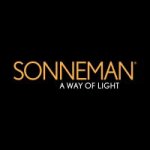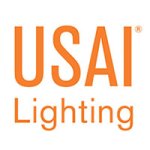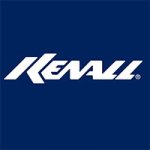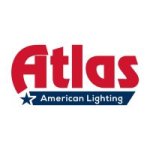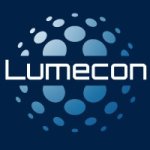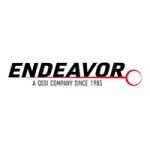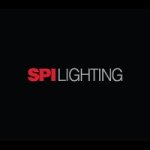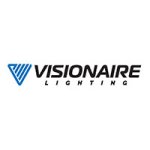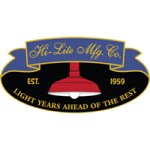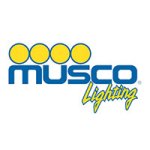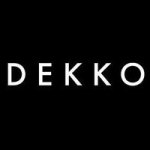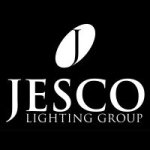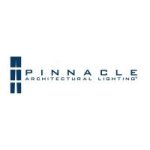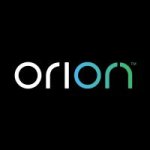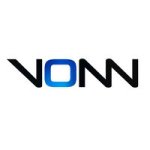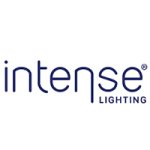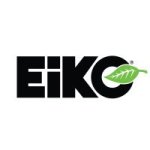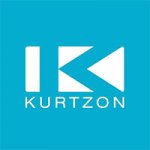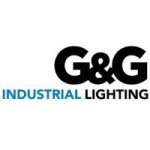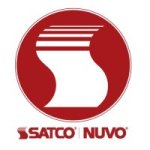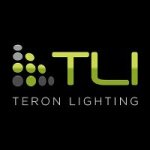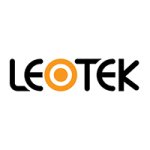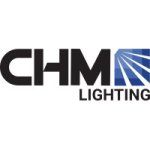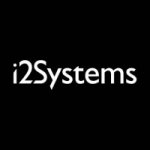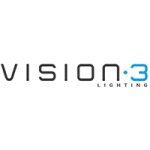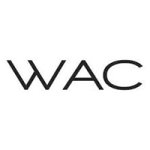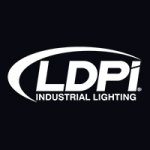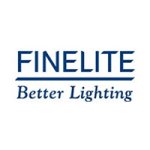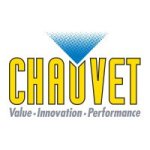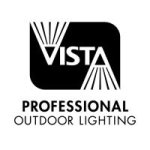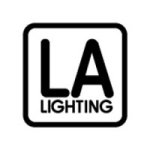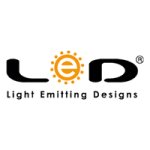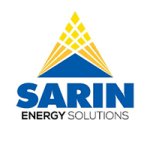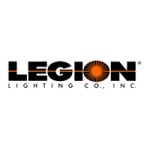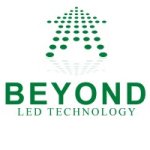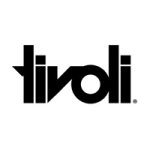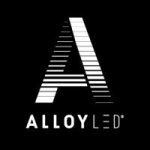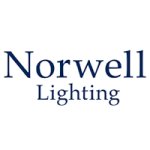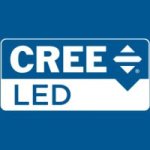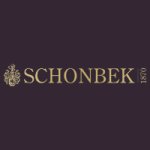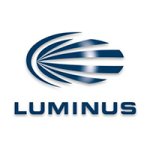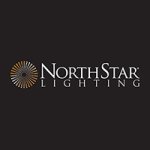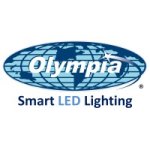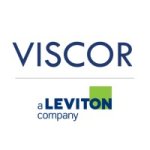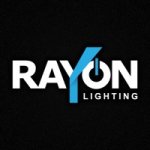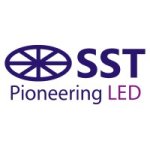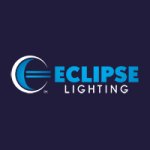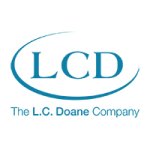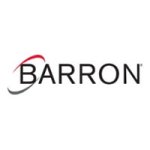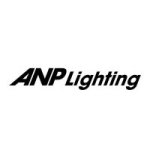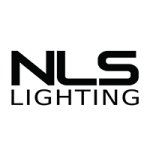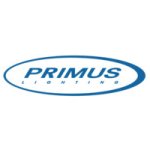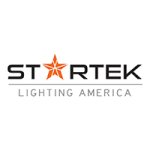
The United States has a thriving lighting industry characterized by innovation, diversity, adaptability, and a wide range of products catering to various market segments. The US lighting industry encompasses a wide range of market segments, including residential, commercial, industrial, and outdoor lighting. Each segment has its own set of requirements, standards, and preferences, contributing to the diversity of products and applications. They are often at the forefront of technological innovation. Many incorporate advanced lighting technologies such as solid state lighting, smart lighting solutions, and other emerging technologies to enhance performance, energy efficiency, and user experience. U.S. lighting manufacturers cater to various tastes and preferences, producing lighting fixtures that span from classic and traditional to modern and avant-garde.
The lighting market in the United States is characterized by intense rivalry among companies. This competition can manifest in areas such as product innovation, pricing strategies, market share acquisition, and overall business performance. Established, major companies coexist with smaller players, contributing to a diverse competitive landscape. Small players may bring niche products or innovations to the market. A handful of leading companies hold a substantial portion of the market, potentially influencing industry trends, standards, and overall market dynamics. These companies aim to capitalize on opportunities beyond the domestic market, potentially seeking growth in international markets. US lighting manufacturers employ various strategies to expand their consumer base, such as product diversification, partnerships, acquisitions, marketing initiatives, and the development of new distribution channels. These strategies can contribute to overall market competitiveness.
The competitive nature of the market drives US lighting manufacturers to invest in research and development, focusing on the introduction of new and advanced LED technologies. The United States has been a hub for innovation and technological advancements. The lighting industry reflects this trend, with the development and adoption of cutting-edge technologies, such as LED lighting, smart lighting systems, and energy-efficient solutions. To foster technological innovation, US lighting manufacturers invest significantly in research and development. This strategic approach aims to enhance competitive positioning, improve product performance, and meet the ever-changing demands of consumers and market trends. In a bid to outperform competitors and meet the evolving needs of consumers, lighting manufacturers actively seek to introduce new and advanced technologies. They aim to differentiate their products by offering unique features, improved performance, and innovations that set them apart from competitors in the market. The focus on technological innovation is specifically aimed at improving product performance and features. This could involve advancements in energy efficiency, durability, color options, smart lighting capabilities, and other attributes that contribute to the overall quality and appeal of LED lighting products.
The influx of Chinese lighting manufacturers heightened competition. Increased competition can lead to challenges for local lighting manufacturers, requiring them to adapt to changing market dynamics. In recent years, there has been a renewed interest in domestic production and a push to revitalize American manufacturing. This has been fueled by factors such as the desire to create jobs, support local economies, and address concerns about the quality of imported goods. Purchasing American-made products, including lighting, is often associated with supporting the local economy. Some consumers and clients actively seek out products labeled as "Made in the USA" to align their purchasing decisions with a preference for domestically produced goods. Lighting manufacturers in the United States, in turn, use this designation as a way to communicate the origin and qualities of their products to potential buyers.
The regulatory environment in the United States, with a focus on energy efficiency standards and safety regulations, plays a pivotal role in shaping the development and manufacturing of lighting products. Manufacturers navigate these regulations to create products that not only satisfy legal requirements but also contribute to energy conservation, safety, and consumer satisfaction. Regulatory agencies, such as the U.S. Department of Energy (DOE), set requirements for the energy efficiency of lighting products. Compliance with these standards is crucial for manufacturers, as it aligns with national efforts to promote energy conservation and sustainability. Safety regulations are another aspect of the regulatory environment highlighted in the statement. These regulations are designed to ensure that lighting products meet specific safety criteria to protect consumers and prevent hazards. Compliance with safety standards is essential for the well-being of end-users.
You might also be interested in:

Top Lighting Manufacturers in China | Global Lighting Forum
The industry's most authoritative list of the top lighting manufacturers in China. Find Chinese companies who produce the best residential, commercial, industrial, and outdoor LED lights.
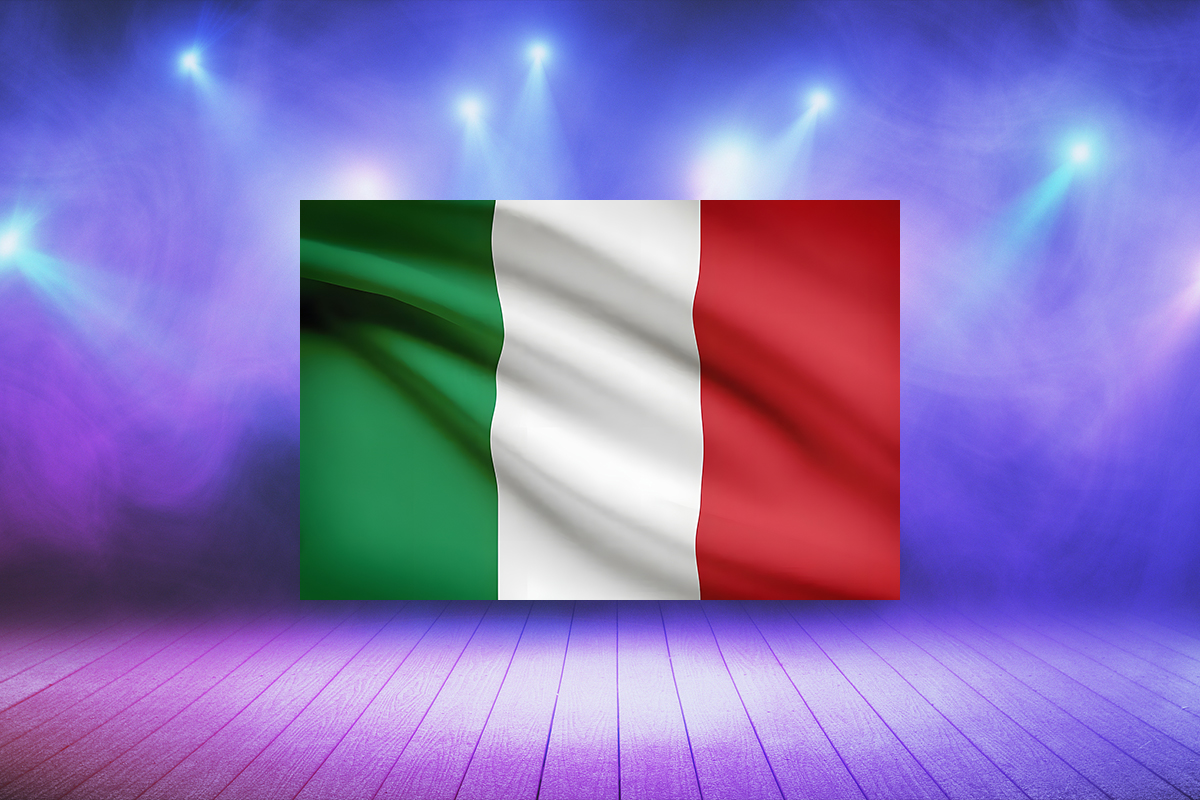
Top Lighting Manufacturers in Italy | Global Lighting Forum
The industry's most authoritative list of the top lighting manufacturers in Italy. Find Italian companies who produce the best residential, commercial, industrial, and outdoor LED lights.

Top Lighting Manufacturers in Canada | Global Lighting Forum
The industry's most authoritative list of the top lighting manufacturers in Canada. Find Canadian companies who produce the best residential, commercial, industrial and outdoor LED lights.

Top Lighting Manufacturers in Germany | Global Lighting Forum
The industry's most authoritative list of the top lighting manufacturers in Germany. Find German companies who produce the best residential, commercial, industrial and outdoor LED lights.

Top UK Lighting Manufacturers | Global Lighting Forum
The industry's most authoritative list of the top lighting manufacturers in the United Kingdom. Find UK companies who produce the best residential, commercial, industrial and outdoor LED lights.






